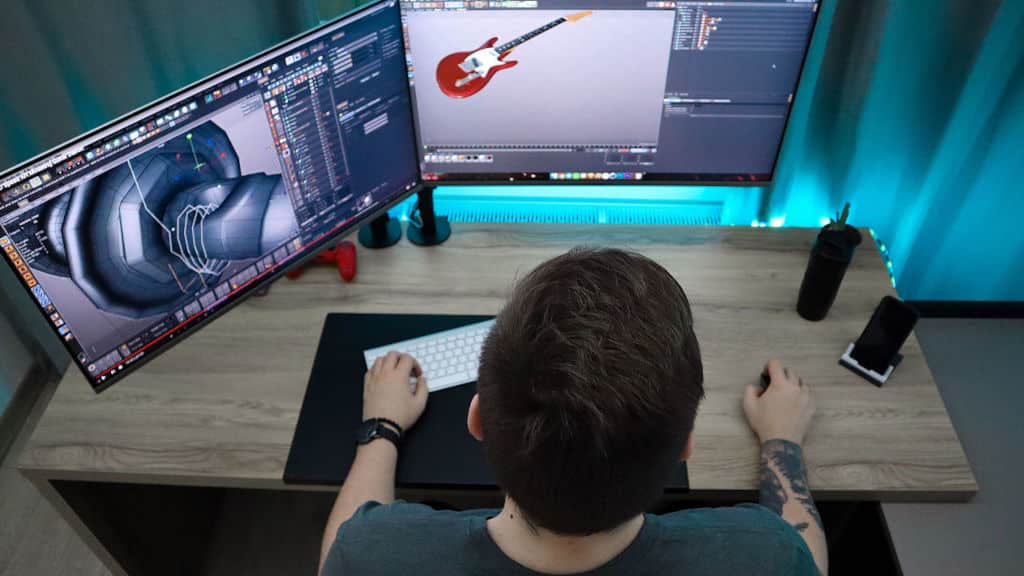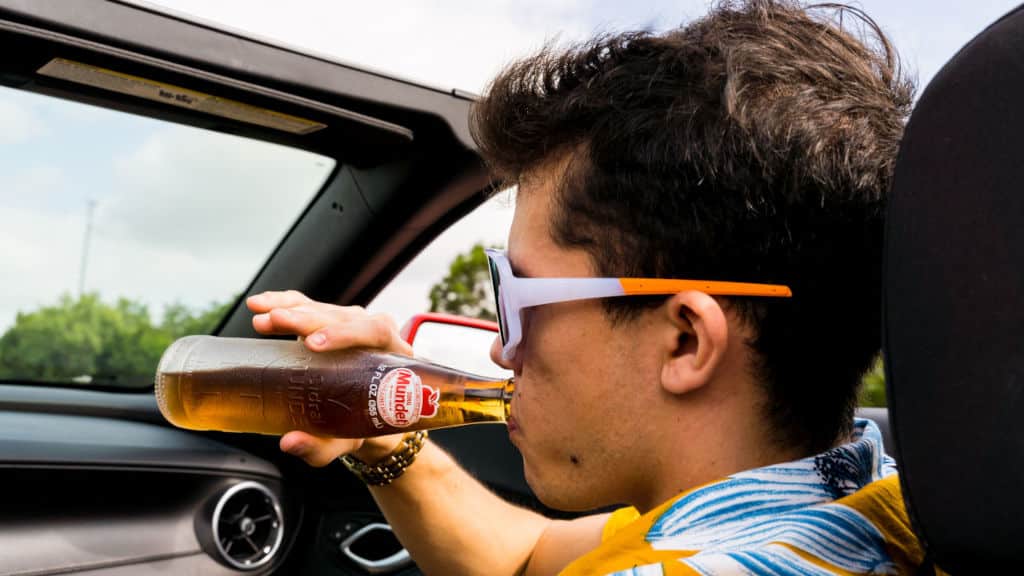Animations have a tremendous impact on people’s lives irrespective of their age groups. They are used to pass messages across to children in a fun and easy-to-process manner. Construction companies use them to explain the tidbits of a project. They are even used to pass across knowledge in the classroom! Also, attorneys call them litigation animation and use them in courtrooms as part of their visual litigation strategies.
Linford (2001), in her article, How I Used Animation to Help People Learn about the Law in 60 Seconds, talked about the intimidation that people feel while trying to learn the law and how it can be abated with just a 60-second custom litigation animation. She stated that “this was especially important during recent protests in response to the death of George Floyd. Christian created an animated explainer video using VideoScribe to teach people about protest rights in the UK and what to do in certain situations. The animation was so effective, it was featured on the BBC News homepage and shared thousands of times.”
No doubt, animation has exceeded class use and has stolen the podium in the courtroom. This is because understanding is needed in the courtroom as much as it is needed in the classroom.

Rivera (2012), in his article, The Increased Use of Forensic Animation Evidence in Court, highly approves the use of litigation animation and illustrations in the court of law because of its profound impact in correctly detecting facts and explaining complex terms. He predicts that “it will likely become a large part of the legal career field as well, and may include formal courses on the subject.” With its limitless impact in court, litigation animation has a high prospect of stealing the show in the courtroom.
How Can Litigation Animation Empower a Case?
The answer is simple! It helps to connect highly complex cases. Some cases are by nature, complex cases. That means there is a combination of varieties of subject matter. Take this scenario as an example.
Mark and Benjamin have decided to go on a fishing trip. They decided to take a few drinks at a pub along the way. While at the pub, they were warned to sober up a little before going on their trip, but they blatantly refused. While on the way, they got into a fatal accident due to drunk driving. They were both grievously injured. Mark was in a coma while Benjamin died due to negligent treatment by a doctor in the hospital where they were rushed to. There were no eyewitnesses during the accident. Therefore, it became difficult to identify who the driver was.

Hence, there was an issue about who would be held liable for the accident. In addition to this, a doctor cannot be held liable for negligence in this circumstance unless there has been gross malpractice. How then would the issues be resolved?
The scenario given above is highly complex and challenging to play across to the jury. One of the ways to solve this case and help the jury reach a verdict is to use litigation animation. With the help of forensic experts and accident reconstructionists, the vehicle’s driver can easily be discovered. Likewise, the service of a qualified medical personnel would be used to find out the negligence of the officiating doctor. Each of these discoveries can be presented to the jury using litigation animation, thus solving the case.
More Use Case of Animation in the Courtroom
In addition to solving highly complex cases, litigation animation is also known to help connect witness testimony. When a witness gives testimony before the court, litigation animation can be used to portray the testimony from the point of view of the eyewitness. However, expert witnesses mostly use litigation animation as a form of trial exhibit to portray their opinion before the court. This way, it becomes easier for the expert witness to pass across complex terms and concepts to the jury.
In conclusion, litigation animation, otherwise known as trial graphics (when done according to the provision of the law), has a powerful impact on the jury. This is mainly because of its enlightening capabilities when it comes to helping the jury comprehend abstract and complex concepts and cases. This is why when facing a lawsuit, you must get the services of an experienced legal strategist and a good animation company that specializes in 3D animations for trial and litigation.





